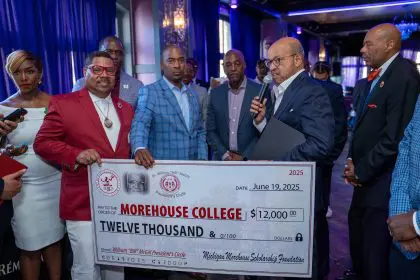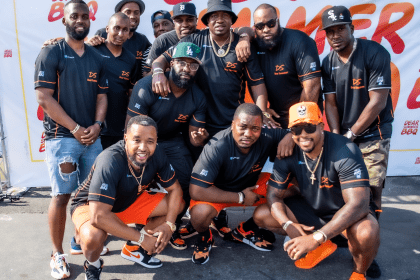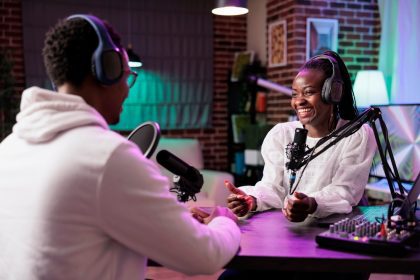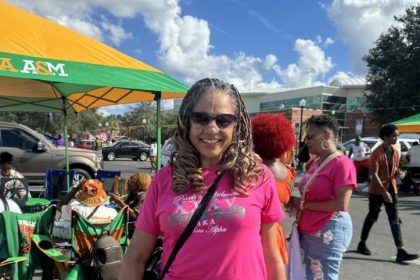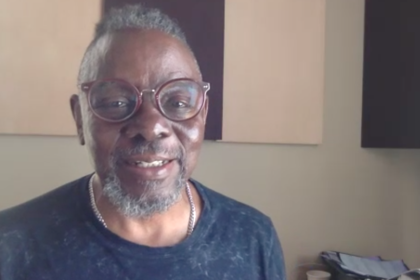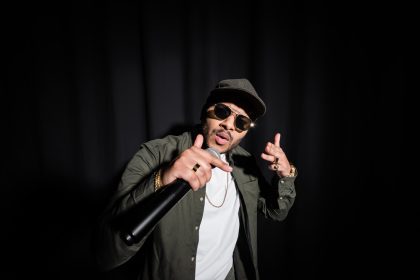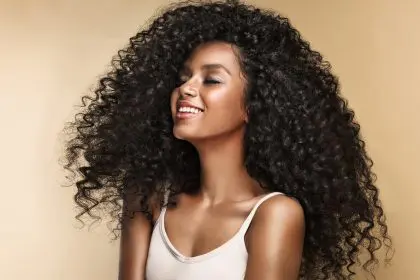
When HBCU opponents and the ignorant broach the topic of whether black colleges are still relevant, UNCF senior vice president Dr. Karl Reid simply floats the stunning statistics into the atmosphere, and steps back to let the words marinate in their minds. The stats are formidable, daunting and undeniable.
“HBCUs produce 28 percent of all degrees to African Americans in science, technology, engineering and math,” Reid says clearly and slowly, as if he enjoyed the taste of each word, “And 34 percent of what I call the special forces of degrees: physics, microbiology and mathematics and a few others.”
These numbers reflect how much better Historically Black Colleges and Universities are in cultivating a culture conducive to creating leaders, innovators and history makers.
“They don’t realize how much better HBCUs are in educating black students in the mathematics and the sciences. That’s a really little-known fact. Even with the low enrollment, they are graduating at much higher rates than at the neighboring, more prestigious colleges,” Reid says.
Reid referred to an “ethics of care” that emanates from black college prep schools that have produced jaw-dropping scholastic achievements. One school in particular, Chicago’s Urban Academy, has become a national sensation after every single one of its black male students [each about 105 students] have graduated and been accepted to four-year colleges for the second consecutive graduating class.
“There is an ‘ethics of care.’ I’ll translate because that was referring to successful high schools for students of color, but I carry it forward to HBCUs. When a student walks on an HBCU campus, they know that somebody cares for them. And we just did a study last summer released a study “Student Speaks.” And we asked them why they chose HBCUs,” Reid explains. “Lot of students are choosing who have a predominantly white high school experience and want to immerse themselves in the African American experience. That’s different from a generation ago. Students also talk about their faculty like family. The larger the enrollment, the less the student of color is likely to succeed and graduate. But the average HBCU is about 2900 and the average private HBCU is about 1400. By end of the four years, you are known on that campus. If you don’t show up for class, someone is going to be in your face. And there is an intrusive advice kind of approach where ‘boy are you crazy?’ you missed three days of class.’ ”

Reid breaks it down even more scientifically. “Because we have an environment that encourages and facilitates achievement. We encourage them. They are ours. We know they can learn. When they go to white schools, they are in an environment where people don’t believe in them and don’t nurture their talents,” he says. “When a student at, say MIT, is about to fail after the fifth week of class, the student would be notified, the adviser would be notified, the freshman dean would be notified and the student would be pulled in. But at an HBCU you don’t need a formal program like that. In many places, it happens naturally. Someone will speak to you before the five weeks are up.”
There is a level of expectation that invigorates and buoys information-hungry pre-school and kindergarten students and propels them to higher academic success than their non-academy counterparts.
“From the first day that you enter into those schools in kindergarten, you know what year you will graduate from high school and you are in classrooms that are named after colleges that is tied to the college that the teacher attended,” Reid said, making you wish that these urban academies were not up and running when you are in your substandard learning institutions.
“And you see kindergarten students walking around with Cornell and Stanford and Morehouse and Spelman [sweatshirts and T-shirts],” Reid continues. “So there is an expectation that 13 years from now that you are going to college. KIP has an 85 percent college admission rate and this is the 85 percent who qualify for reduced or free lunch in high school. And we’re talking matriculation, not admission. There is expectation, there is support and there are the relationships. And thirdly, [young students] see men of color who are doing what they want to do. There is the vicarious relationship, seeing someone whom they can identify with, having success, the students confidence that they are going to succeed as well.”
–terry shropshire

